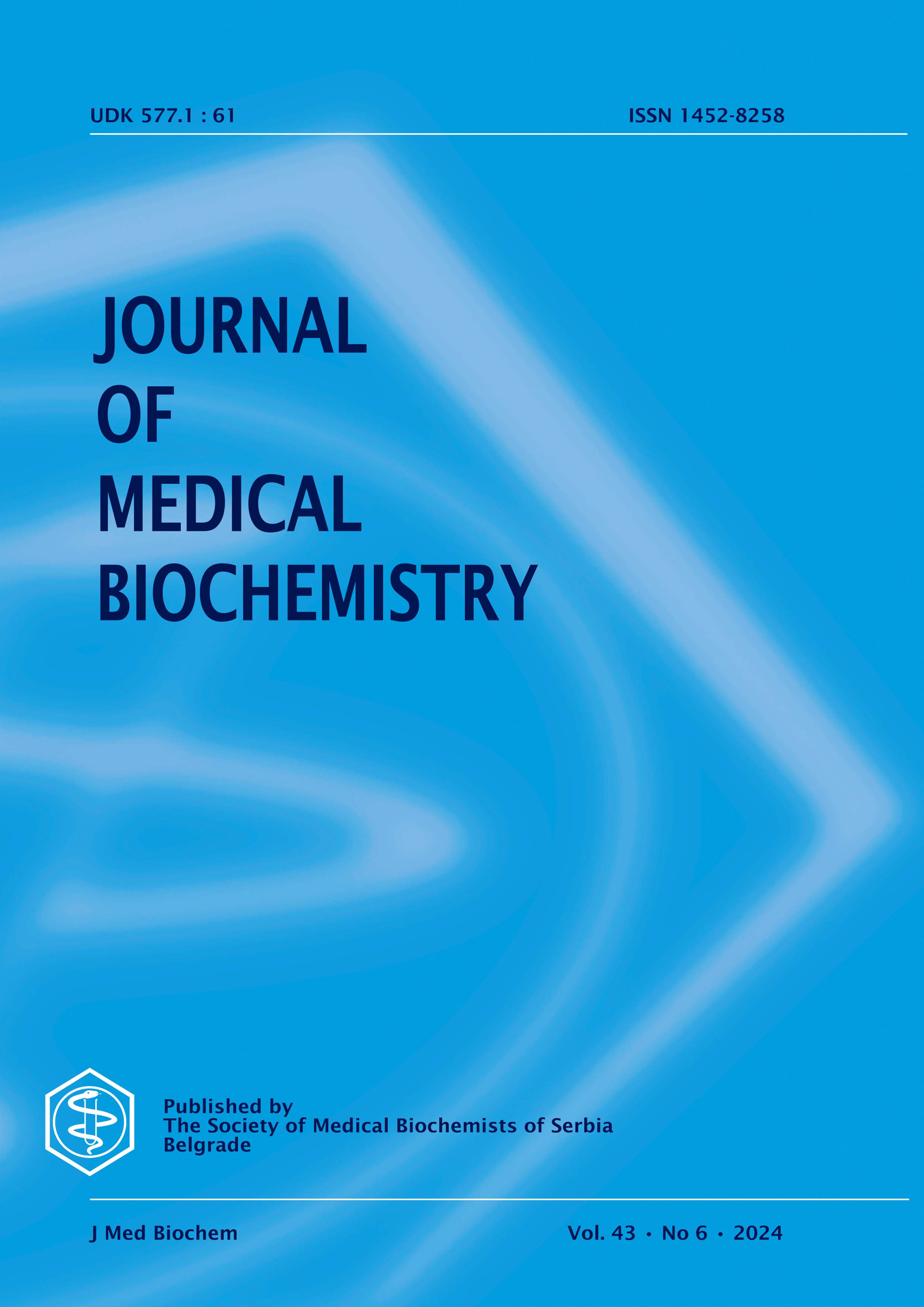Validation of low-volume blood collection tubes for routine hematologic testing
Blood tube filling and hematologic testing
Sažetak
Background: Low-volume blood tubes offer several advantages in facilitating blood collection, reducing iatrogenic anemia and spurious hemolysis, but their clinical reliability must be validated. We planned this investigation for establishing the reliability of routine hematologic testing in low-volume tubes before their implementation into clinical practice.
Methods: Blood was drawn from 44 ostensibly healthy laboratory professionals into three blood tubes, as follows: 3.0 mL of blood into a 3.0 mL K2EDTA standard blood tube, 0.5 mL of blood into a second 3.0 mL K2EDTA standard blood tube, and 0.5 mL of blood into a 0.25-0.5 mL K2EDTA low-volume blood tube. Hematologic testing was performed on Sysmex XN-10 hematology analyzer.
Results: Statistically significant differences were observed in total white blood cell count, neutrophil count, lymphocyte count, red blood cell count, platelet count, hemoglobin, hematocrit, mean corpuscular volume (MCV), mean corpuscular hemoglobin concentration (MCHC), and mean platelet volume in both 0.5 mL-filled 3.0 mL standard blood tubes as well as in the 0.5 mL-filled low-volume blood tubes. Although none of these variations was found to be clinically significant in the 0.5 mL-filled low-volume blood tube compared to the desirable specifications, hematocrit, MCV and MCHC displayed a clinically significant bias in the 0.5 mL- filled 3.0 mL K2EDTA standard blood tube.
Conclusions: These results suggests that K2EDTA low-volume blood tubes could safely replace standard blood tubes for preventing the receipt of insufficient samples, but also for facilitating blood collection in patients with difficult veins and reducing the risk of iatrogenic anemia and spurious hemolysis.
Sva prava zadržana (c) 2024 Giuseppe Lippi, Loredana Martini, Barbara Cortivo, Chiara Zecchetto, Anna Ferrari

Ovaj rad je pod Creative Commons Autorstvo 4.0 međunarodnom licencom.
The published articles will be distributed under the Creative Commons Attribution 4.0 International License (CC BY). It is allowed to copy and redistribute the material in any medium or format, and remix, transform, and build upon it for any purpose, even commercially, as long as appropriate credit is given to the original author(s), a link to the license is provided and it is indicated if changes were made. Users are required to provide full bibliographic description of the original publication (authors, article title, journal title, volume, issue, pages), as well as its DOI code. In electronic publishing, users are also required to link the content with both the original article published in Journal of Medical Biochemistry and the licence used.
Authors are able to enter into separate, additional contractual arrangements for the non-exclusive distribution of the journal's published version of the work (e.g., post it to an institutional repository or publish it in a book), with an acknowledgement of its initial publication in this journal.

